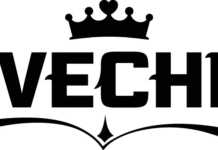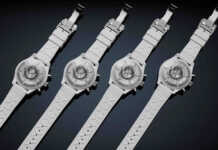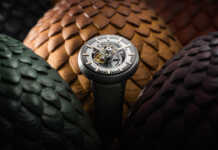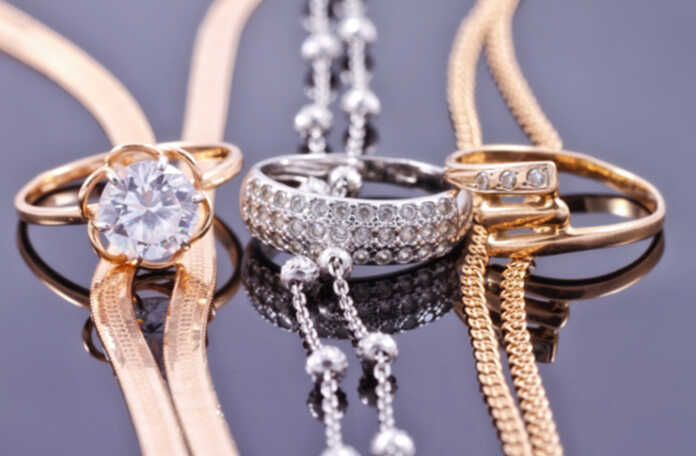
An important element of NFT is that it can provide jewelry designers with more security. By using NFTs, jewellery designers can ensure that their pieces are uniquely identifiable, and they can track ownership of their pieces throughout the production and distribution process.
This helps designers protect their designs from counterfeiting and other forms of theft. Additionally, NFTs can create digital records of their work so they can track the progress of their designs and ensure they are properly rewarded for their work.
By selling their designs as NFTs, jewellery designers can reach a wider audience and generate more sales from their designs, and create one-of-a-kind designs that can be sold at high prices, because NFTs can be used to create unique s work.
These NFTs can be used to create unique digital experiences for buyers, such as B. virtual auctions or immersive virtual showrooms.
Designers need to ensure that their work is registered on the blockchain and that their rights to the designs are always protected.
When setting up a successful non-fungible token (NFT) program, many people get confused and give up or see no results.
Your creations are stored, transmitted and tracked on the blockchain, and can be bought, sold and traded on cryptocurrency exchanges.
The simple steps to set up a successful NFT program are as follows:
1. Research NFT and blockchain: Before starting to set up the NFT program, it is important to understand the basics of NFT and blockchain. This includes understanding the difference between fungible and non-fungible tokens, the types of blockchains available, and the different protocols and standards used to create, transfer, and track NFTs.
Here are some resources:
A. Ethereum: Ethereum is an open source public blockchain platform that enables developers to build and deploy decentralized applications. It features smart contracts and allows users to create their own custom tokens.
B. Hyperledger: Hyperledger is an open source collaboration to advance cross-industry blockchain technology. It is hosted by the Linux Foundation and includes various enterprise-grade blockchain solutions such as Hyperledger Fabric and Hyperledger Sawtooth.
C. Ripple: Ripple is a real-time gross settlement system and currency exchange network designed for enterprise use. It is based on a distributed open source and peer-to-peer consensus protocol.
D. Corda: Corda is an open source, permissioned blockchain platform that enables businesses to securely record and share agreements. Its consensus algorithm is based on the Byzantine Fault Tolerant (BFT) protocol.
E. NEO: NEO is an open-source blockchain platform that enables businesses to issue and manage digital assets and build decentralized applications. It is powered by a Byzantine Fault Tolerant (BFT) consensus algorithm. When choosing a blockchain, it is important to consider the purpose and scope of the project, the technical requirements, the cost of development and deployment, and the scalability of the platform. It is also important to ensure that the platform is secure and complies with all applicable regulations.
Learn about the developers behind the projects and the communities that support them.
2. Develop a strategy: Once you have a basic understanding of NFTs and blockchain, it is important to develop a strategy for your NFT program. This should include deciding on the types of NFTs you will offer, the target audience, how you will market your NFTs, and how you will monetize them.
3. Design the NFT: Once you have a strategy for the NFT program, it’s time to start designing the actual NFT. Not the other way around! This includes creating artwork, designing layouts and user interfaces, and coding the smart contracts used to store, transfer, and track NFTs.
4. Create a marketplace: Once the NFT designs are complete, it’s time to create a marketplace to sell them. This can be done by creating a website or joining an existing marketplace such as OpenSea, Rarible or Mintable.
5. Promotion of NFTs: Once NFTs are designed and a market is established, it is important to promote them. This can be done through social media, email campaigns and other forms of digital marketing.
6. Monitoring of NFTs: Finally, regular monitoring and management of NFTs is important. This includes tracking the performance of the NFT, responding to customer feedback, and making changes as needed. By following these steps, designers can create and maintain a successful NFT program that will help them monetize their designs, increase brand awareness, and open up new marketing and sales opportunities.
Can Jewellery Designers Make Money From NFTs Today?
Yes, jewellery designers can make money from NFTs today. It is increasingly popular for jewellery designers to create one-of-a-kind pieces that are then sold as NFTs on various popular marketplaces. As with any work of art, how much you can make depends on the popularity of the work and market demand.
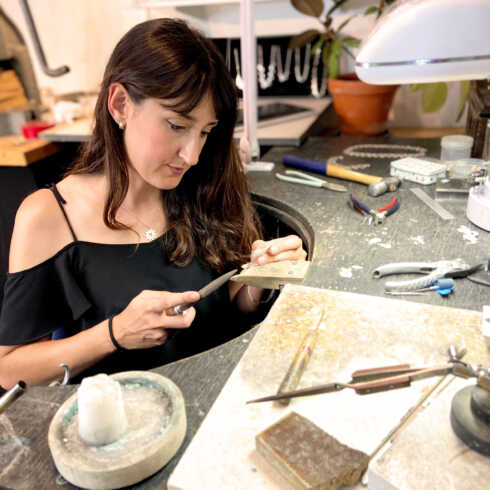
Jewellery designers like Cara Tonkin have made thousands of dollars from their NFTs through the OpenSea marketplace, while Jessica Frick, like Josephine Cardin, has sold her creations for hundreds of thousands of dollars. How much jewellery designers can earn selling NFTs is not a straight line, but the potential is certainly there as many are still earning a decent income:

1. Kevin McCoy: Kevin McCoy is a leader in NFT jewellery, creating one-of-a-kind pieces that sell for as much as $120,000.
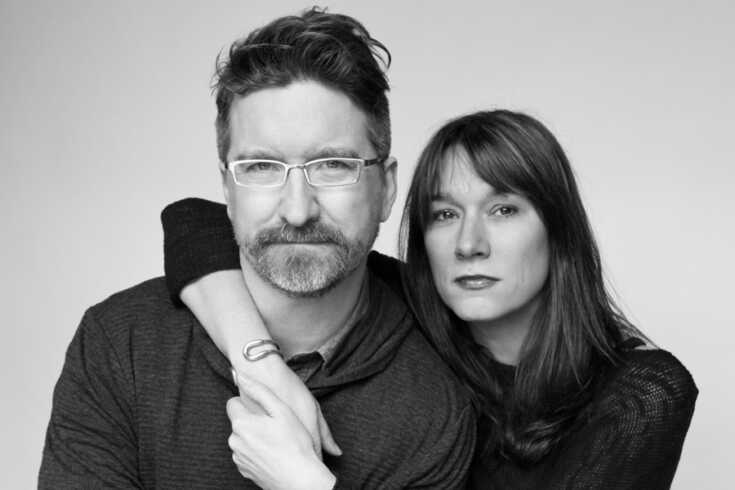
2. RTFKT: Founded by entrepreneur and artist Matthew Humphreys, RTFKT has created some of the most iconic NFT jewellery, including a necklace that sold for $155,000.
3. CryptoArt: A collaboration between artist Chris Blattman and jewellery designer Steven Gagne, CryptoArt specializes in NFT jewellery, including rings and necklaces priced at up to $160,000.

4. Luxe Crypto Jewellery: Luxe Crypto Jewellery makes unique NFT jewellery, one of the most expensive of which is a $50,000 gold and diamond ring.
5. Chainhaus: Founded by crypto artist Sarah Meyohas, it focuses on NFT jewellery and artwork. Some of the most expensive pieces have sold for as much as $250,000.
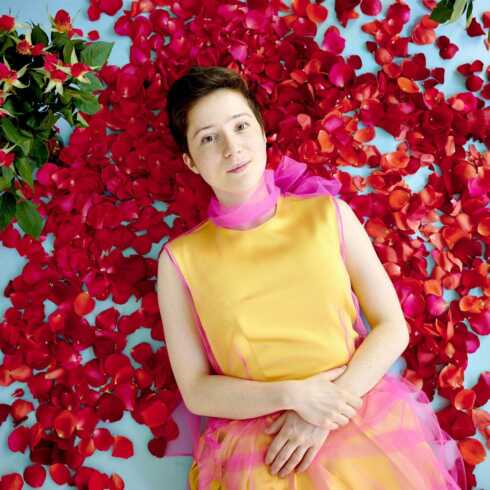
If you feel like this is something you want to explore, the Canadian Jeweller magazine’s digital team can assist you with your NFT project.







